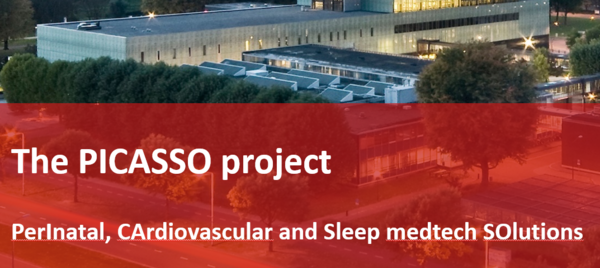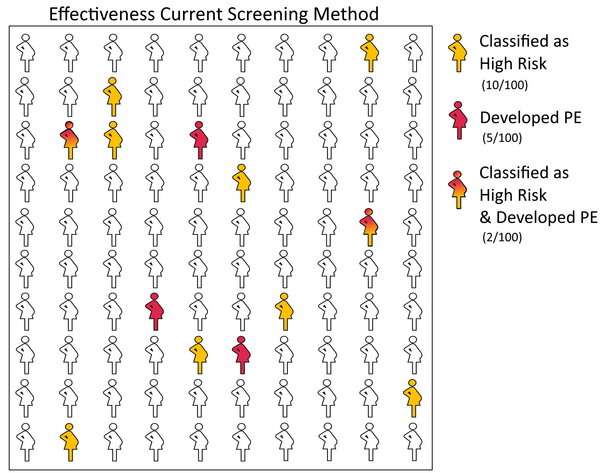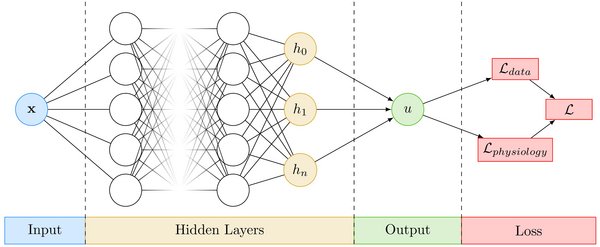
Myrthe van der Ven – Project leader
PICASSO - e/MTIC mini-program
In 2020 the PICASSO project will be rolled out, in which six PhD students will be appointed to codevelop novel technological solutions in perinatal medicine, cardiovascular medicine and sleep medicine.
Perinatal, cardiovascular and sleep-related diseases are a major health problem, and are on the rise. Detecting these diseases at an early stage is critical to halt this rise, to prevent comorbidities, and to lower healthcare costs while simultaneously improving patient quality of life.
The PICASSO project proposed here seeks to leverage technological advances in pathophysiological modeling, unobtrusive sensing, monitoring and data analysis to enable earlier recognition, mitigate progression and improve treatment of perinatal, cardiovascular and sleep-related diseases. The project covers two perinatal diseases (gestational diabetes mellitus, pregnancy-induced hypertensive disorders), multiple cardiovascular diseases (cardiac arrhythmias, coronary artery disease mitral valve disease), and two sleep-related diseases (obstructive sleep apnea, insomnia).
Cardiorespiratory risk factors are a common denominator of most of these diseases and accordingly technologies for assessment of these risk factors figure prominently throughout the project. The general approach in PICASSO is to co-develop novel technological solutions in a controlled clinical environment, and to subsequently refine and validate them in extramural and at-home settings, immediately followed by deployment in the healthcare system with the aim to increase effectiveness at lower costs in combination with lower patient burden and higher patient quality of life. All projects within PICASSO are in collaboration with Philips and at least one of the three hospitals. The engineering PhD students will work closely together with clinical PhD students.

Pascalle Wijntjes
Project: Risk stratification and screening in early pregnancy
Roughly 9% of the pregnant women face a hypertensive disorder during pregnancy. One of the severe disorders is pre-eclampsia. By detecting the woman at risk in an early stage the symptoms arising later in pregnancy could be prevented.
A lot of studies have been done on the topic of screening for pre-eclampsia. Most of the models developed are based on logistic regression. In these models maternal factors (e.g. age, weight) and often biomarkers (e.g. placental growth factor) are taken into account. Although a model improves by using biomarkers, they are not standardly measured in clinics because of the costs and time.
It is remarkable that none of the studies encountered are looking into underlying physiological relationships. In my opinion this is a shortcoming in the current models. Physiological models could be combined with data driven models to get the advantage of both approaches. This combination can be implemented in neural networks by using loss functions which describe the physiological relationships. By making use of the e/MTIC ecosystem – knowledge from the TU/e, Philips and MMC – I will continue doing research on integrating both kind of models into one AI-model to create a prediction model which could be used in the clinic.
